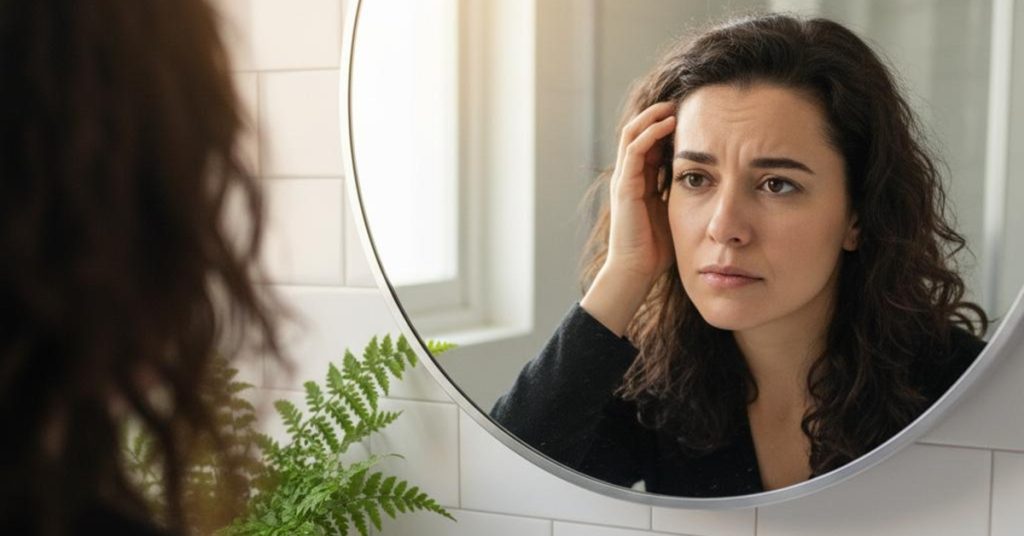Understanding Alopecia: The Different Types and How to Treat Them

Hair loss can be a distressing experience and can affect people of all ages. Alopecia is a medical condition that leads to hair loss, and it affects millions of people worldwide. Alopecia can lead to partial or complete hair loss on the head, eyebrows, eyelashes, beard, and other parts of the body. There are different types of alopecia, each with unique characteristics and treatments.
Androgenetic Alopecia
Androgenetic alopecia is also known as male-pattern baldness or female-pattern baldness. It’s the most common type of hair loss and is caused by genetic factors. Androgenetic alopecia affects both men and women and is characterized by a gradual thinning of hair on the scalp. The hairline recedes in a distinctive M-shape in men, while women experience hair thinning on the top and crown of the head. Treatment options include medication, hair transplant surgery, and lifestyle changes.
Alopecia Areata
Alopecia areata is an autoimmune disorder that causes patchy hair loss on the scalp and other parts of the body. The immune system attacks the hair follicles, causing them to shrink and hair to fall out. Alopecia areata can affect anyone, regardless of age or gender. In some cases, the hair regrows naturally, while in severe cases, medications and other treatments can help. Treatment options include corticosteroid injections, topical immunotherapy, and oral medications.
Telogen Effluvium
Telogen effluvium is a temporary hair loss condition that occurs when hair follicles enter the resting phase prematurely, leading to hair shedding. Telogen effluvium is commonly triggered by stress, medication, hormonal imbalance, and nutrition deficiencies. The condition can affect both men and women, and hair regrows naturally once the underlying cause has been addressed. Treatment options include stress management, lifestyle changes, and nutritional supplements.
Traction Alopecia
Traction alopecia is caused by repeated pulling or tension on the hair follicles, leading to hair loss. The condition is common in people who wear tight hairstyles such as braids, ponytails, weaves, and extensions. Traction alopecia can affect people of all genders and ages and can cause permanent hair loss if left untreated. Treatment options include changing hairstyles, using gentle hair products, and seeking medical help for severe cases.
Cicatricial Alopecia
Cicatricial alopecia is a type of hair loss caused by skin inflammation that damages the hair follicles, leading to scar tissue formation. The condition can affect people of all ages and genders, and the hair loss is permanent. Cicatricial alopecia can be caused by infections, autoimmune disorders, and genetic factors. Treatment options include medication, laser therapy, and hair transplant surgery.
Alopecia is typically diagnosed through a physical examination and medical history. Your board-certified dermatologist will examine your scalp to look for signs of hair loss, as well as any scarring or changes in the texture of your hair. They may also perform diagnostic tests such as a skin biopsy or laboratory tests to determine the underlying cause.
In some cases, additional testing may be recommended to evaluate other possible causes for hair loss or rule out certain conditions such as anemia.
If you are suffering from alopecia and would like us to develop a treatment plan, then contact us for a confidential consultation.



